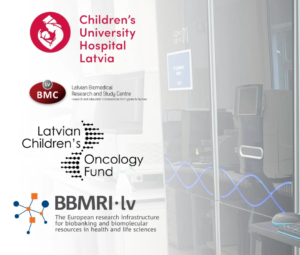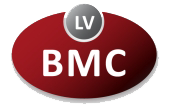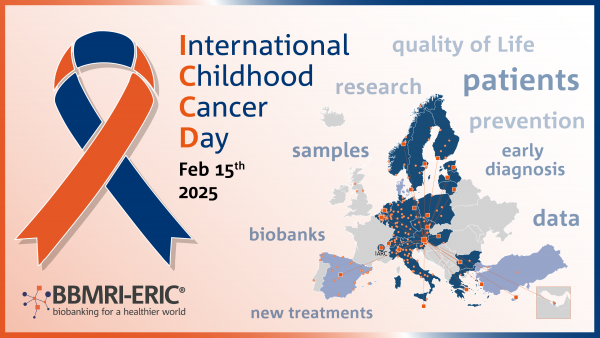BBMRI-ERIC biobanks as pillars of modern paediatric cancer research
On the International Childhood Cancer Day 2025, we invited you on a virtual journey across Europe to get to know biobanks in our network that build and sustain paediatric cancer collections and make them accessible for manifold research projects.
Our journey takes you to seven BBMRI-ERIC biobanks that work towards the shared goal to provide better treatments and care for children of all age with cancer. We visit Sweden, Latvia, the Netherlands, Germany, Hungary, and a global organisation (IARC/WHO) to highlight different aspects of excellent paediatric cancer research.
Biobanks are vital in paediatric oncology by building, sustaining and sharing repositories of biological samples for research. These samples help us better understand cancer biology, develop new treatments, and improve diagnostic methods.
Prof. Udo Kontny, Head of the Section for Pediatric Hematology, Oncology and Stem Cell Transplantation at the University Hospital Aachen, summarises the essential role of biobanks as follows:
“Modern biobanking is a prerequisite for my pediatric oncology research”
So, lace up your virtual hiking boots and follow us to learn how modern biobanking is a fundamental pillar of childhood cancer research.

BBMRI-ERIC paediatric biobank case study 2: The Latvian Pediatric Cancer Initiative
The Latvian Pediatric Cancer Initiative launched in 2019 as a collaboration between the Latvian Medical Research & Study Centre (LBMC) and the Children’s Clinical University Hospital. The initiative has now collected samples from over 400 paediatric cancer patients, which reflects nearly all cases in Latvia from 2019 to 2025.
These samples of tumour and normal tissues are characterised using whole-genome sequencing (WGS) or RNA-sequencing to characterise their genomic profiles. The goal is to find unknown genetic alterations and signalling pathways that drive paediatric cancers and to use this information for more precise diagnosis and personalised treatments.
Industry support and international collaborations with, for example, the St. Jude Children’s Research Hospital (Memphis, Tennessee) further strengthen state-of-the-art data analysis strategies to find reliable biomarkers that help tailor treatment strategies to individual patients.
The body’s response to cancer can never be viewed as an isolated process. Therefore, LBMC initiated a study on the role of the gut and oral microbiome in paediatric cancers. Factors like antibiotics, chemotherapy, radiation therapy, and dietary changes can disrupt the microbiome composition of a patient which affects their immune response, infection susceptibility, treatment outcomes, and the long-term effects of cancer therapies.
The project aims to establish a comprehensive microbiome sample collection within the national biobank. These samples will allow tracking microbiome changes at key treatment stages, identify microbiome-derived markers, and characterise disease-specific microbiome signatures by comparing samples with those of healthy individuals.
All journey you can finde here: To shine a spotlight on paediatric cancer research, we invite you on a biobank journey across Europe
Contributors:
Our thanks and deepest respect go to the biobanks, researchers and clinicians for this short glimpse into their important daily work. They are part of our large, transnational biobanking community of more than 400 European biobanks, that grows closer every day to jointly evolve and move forward. All these biobanks support critical fields of research through sharing samples, data, ideas, and enthusiasm.
Special thanks to:
- The Swedish Childhood Tumor Biobank (Stockholm, Sweden)
- The Latvian Pediatric Cancer Initiative and the LBMC (Riga, Latvia)
- The Princess Máxima Center for pediatric Oncology (Utrecht, the Netherlands)
- The IARC/WHO (Lyon)
- The Augsburg central Biobank (Germany)
- The RWTH centralized Biomaterial Bank (Uniklinik Aachen, Germany)
- The Sample Collection of Pediatric Diseases SCOPEDIS (Hungary)


